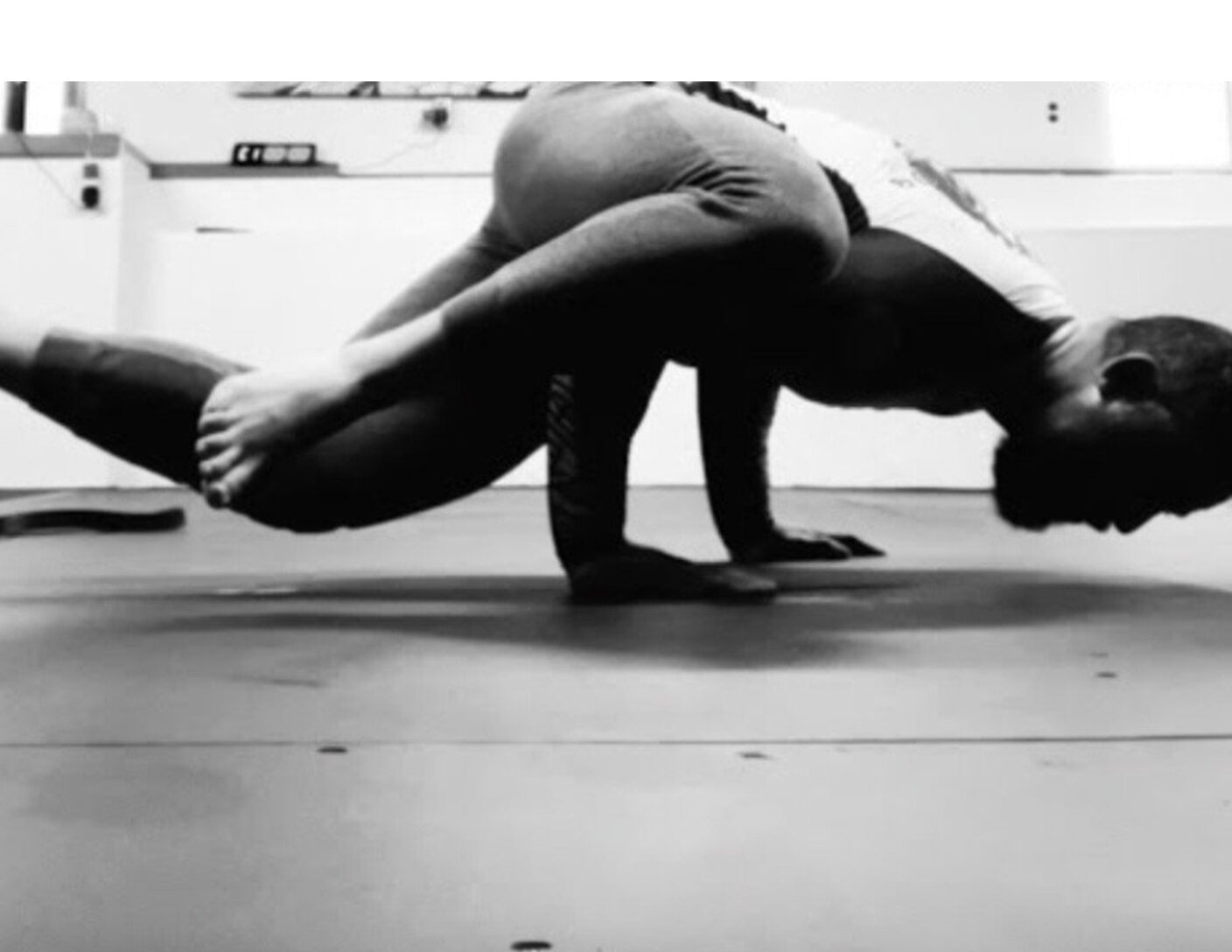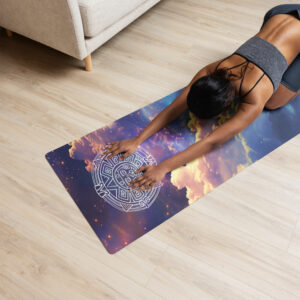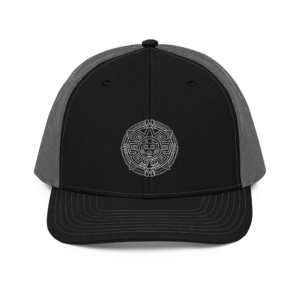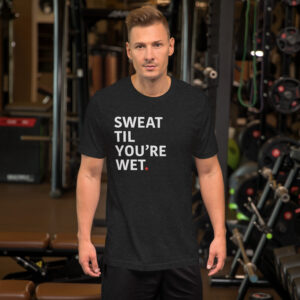The absence of equipment intentionally or not can be quite useful when deciding how to actively recover following hard training. Bodyweight not only provides convenient and realistic challenge, pairing with isometric flowing and dynamic loading movements is highly effective in stimulating strength adaptation and recovery of muscle and connective tissue.
The below four attributes of Bodyweight IsoFlow movements interact to provide challenging & healing conditions, while preparing the body for future training.
- Bodyweight Load: Available & functional: it’s surprising how inadequate lifting weights carries over to moving and stabilizing the body through time space. If you’ve ever attempted a handstand you get it. A upside down body weight press? Body weight work can be scaled from easy to Sapien / Apex difficulty.
- Heavy Slow Resistance (HSR = Heavy Slow Rep): The body can be oriented into “heavy” angles and positions posing purposeful resistance. HSR builds load tolerance while stimulating collagen remodeling and turnover.
- Isometric holds: Similar to HSR but less active in lengthening & contracting muscles through range of motion: defined simply as active stabilization. Low impact and challenging while stimulating healing.
- Plyometric: Energy load training is functional at root. Training the body to load energy and release in absence of external weight (dumbbells, barbells, & kettlebells) is somewhat low impact, strength forward, and therapeutic all at the same time.
Bodyweight IsoFlows – Recovery Series
Purpose: Active Recovery; Bodyweight Isometric Flows
Rep_Rest_Set: 20 seconds_1 Min Rest_3 sets
Tempo: Slow & Intuitive
Periodization: Active Recovery; Weekly or Biweekly
Tool: Bodyweight
Workout:
- Crow Pose
- Forearm Assisted Head Stand
- Arm Balance
- Ape Shuffles
- Crouching CaveWheels














